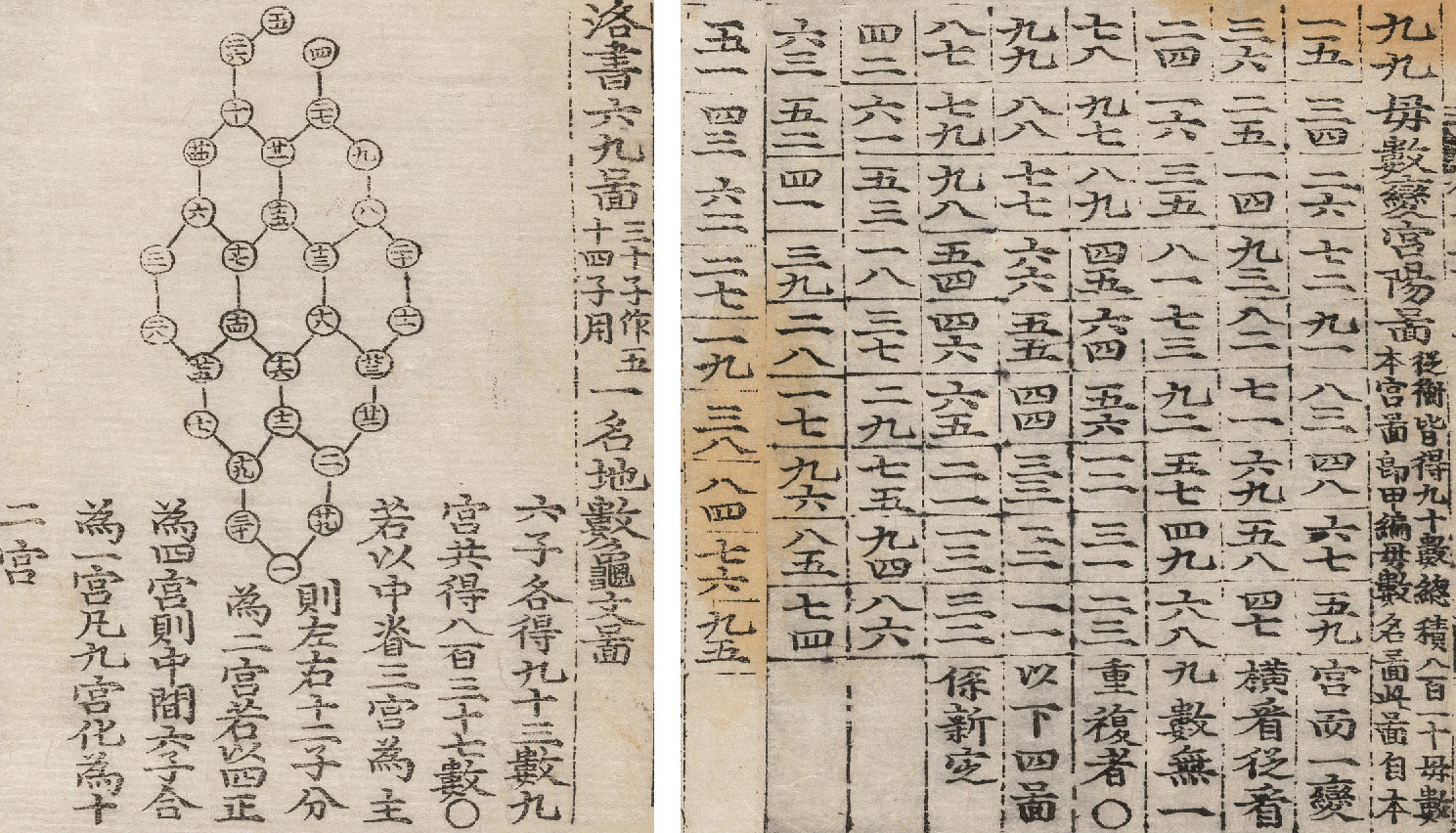Choi Seok-jeong on:
[Wikipedia]
[Google]
[Amazon]
Choi Seok-jeong (; 1646–1715) was a Korean politician and mathematician in the
Korean Romanization Converter
of Al Lab and Narainfotech.
 Korean mathematicians
1646 births
1715 deaths
18th-century Korean mathematicians
17th-century Korean mathematicians
{{Asia-mathematician-stub
Korean mathematicians
1646 births
1715 deaths
18th-century Korean mathematicians
17th-century Korean mathematicians
{{Asia-mathematician-stub
Joseon
Joseon (; ; Middle Korean: 됴ᇢ〯션〮 Dyǒw syéon or 됴ᇢ〯션〯 Dyǒw syěon), officially the Great Joseon (; ), was the last dynastic kingdom of Korea, lasting just over 500 years. It was founded by Yi Seong-gye in July 1392 and re ...
period of Korea.
He published the ''Gusuryak'' () in 1700, the first known literature on Latin squares, predating Leonhard Euler by at least 67 years. He also invented the hexagonal tortoise problem
The hexagonal tortoise problem () was invented by Korean aristocrat and mathematician Choi Seok-jeong (1646–1715). It is a mathematical problem that involves a hexagonal lattice, like the hexagonal pattern on some tortoises' shells, to the (''N ...
. Choi was a member of the Jeonju Choe clan.
Choi Seok-jeong Award
The Choi Seok-jeong Award was created in 2021 to recognize those who develop or spread mathematics. Spelling of laureates' names matches their Wikipedia page, if it exists, the remainder usedRevised Romanization of Korean
Revised Romanization of Korean () is the official Korean language romanization system in South Korea. It was developed by the National Academy of the Korean Language from 1995 and was released to the public on 7 July 2000 by South Korea's Min ...
with thKorean Romanization Converter
of Al Lab and Narainfotech.
References
 Korean mathematicians
1646 births
1715 deaths
18th-century Korean mathematicians
17th-century Korean mathematicians
{{Asia-mathematician-stub
Korean mathematicians
1646 births
1715 deaths
18th-century Korean mathematicians
17th-century Korean mathematicians
{{Asia-mathematician-stub